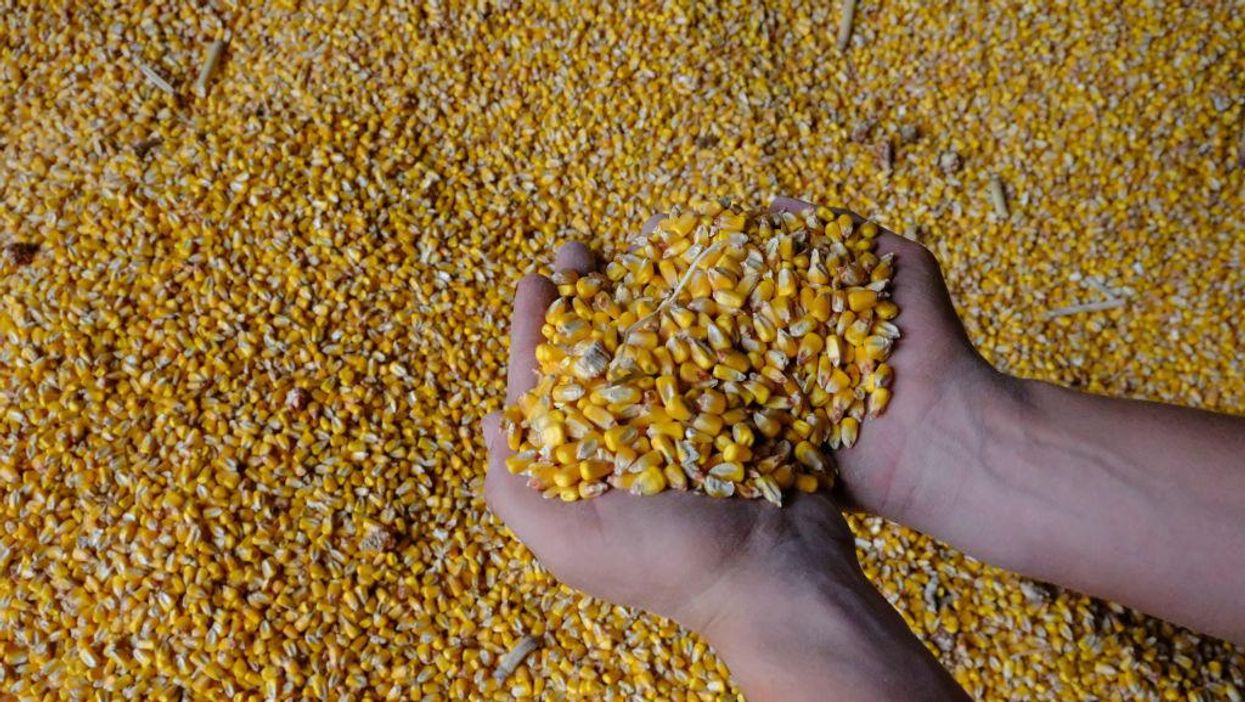
Photo by Abdullah Unver/Anadolu Agency via Getty Images

The high grocery bills that have hit American pocketbooks for over a year now are likely to continue, thanks to several anomalous circumstances related to corn yields, experts say.
Due to wet weather, the war in Ukraine, and issues still lingering from the pandemic and the government shutdown, corn will be grown and harvested at much lower levels than in previous years, affecting food and fuel supplies alike.
According to Reuters, unusual weather patterns in the northern plains and southern Canada have delayed planting routines and forced farmers to plant under less than ideal conditions that may lead to smaller crops.
"Overly wet conditions in North Dakota have led to one of the slowest starts to planting on record," Karen Braun of Reuters claimed in late May.
"We were pushing the envelope, working ground that was way too wet, just trying to get a crop in," Eric Broten, a North Dakotan farmer, said
As a result, the U.S. Department of Agriculture recently lowered its projections for corn this year from 181 bushels per acre to 177, and Reuters says that cut the U.S. harvest potential by over 9 million ton — almost half of China's U.S. imports last year.
The continued war in Ukraine has also greatly affected corn output. In recent years, Ukraine had produced as much as 17% of the world's corn, but difficulties in harvesting and shipping as a result of Russian aggression make a similar yield in 2022 unlikely.
Domestic shipping also continues to be a problem. Disruptions to supply lines from 2020 have still not been entirely resolved, and lower corn production has limited fuel availability and caused gas prices to rise.
According to Corteva, an agriscience company, the ethanol produced by corn composes 10% of the American automotive fuel supply. Some of that fuel is also used in agricultural equipment, meaning that some of the corn produced by American farmers is then used to grow and produce more corn.
Corn is also used to feed some livestock, putting additional pressure on corn supplies and yields.
President Biden has attempted to address the issue of reduced corn levels by alleviating some federal planting restrictions and implementing policies that would encourage farmers to plant. However, the USDA still predicts a tough road ahead for corn farmers, drivers and businesses reliant on corn and ethanol, as well as consumers: "U.S. corn exports are forecast to decline 4.0 percent in 2022/23 as lower supplies and robust domestic demand limit prospects."